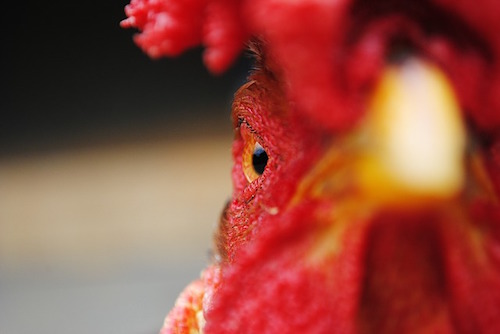 Evolution
Evolution
Humans, Chickens, and the Vitellogenin Pseudogene — Summing Up

Let’s take a moment to summarize the results of our comments on the vitellogenin pseudogene and its meaning for the question of universal common ancestry. According to the data, the debate concerns six total genes supposedly shared by humans and chickens.
Having offered our observations here:
…we’d say the situations stands as follows.
Three of those genes (ELTD1, SSX2IP, CTBS) are functional in both humans and chickens. No evidence of pseudogenes — shared or otherwise — is there.
Two of those genes (VIT2, VIT3) are functional in chickens and non-functional in humans, but according to the data our colleague Dr. Gauger showed, they are hardly found in humans at all. Arguably, they aren’t there.
One of those genes — the supposed “vitegellenin pseudogene” (VIT1) — is functional in chickens, but according to Tomkins (2015) it is also part of a functional gene in humans. It may not be making egg yolk but it’s not a non-functional stretch of DNA. Indeed, as Ann Gauger notes, the sequence alignment between the human and chicken versions is very low, so it’s not clear if they are the same gene.
Thus the relevant data yield the following conclusion: When we look at this block of six genes supposedly shared by humans and chickens, there are exactly zero non-functional pseudogenes shared between humans and chickens.
Photo via Pixabay.
